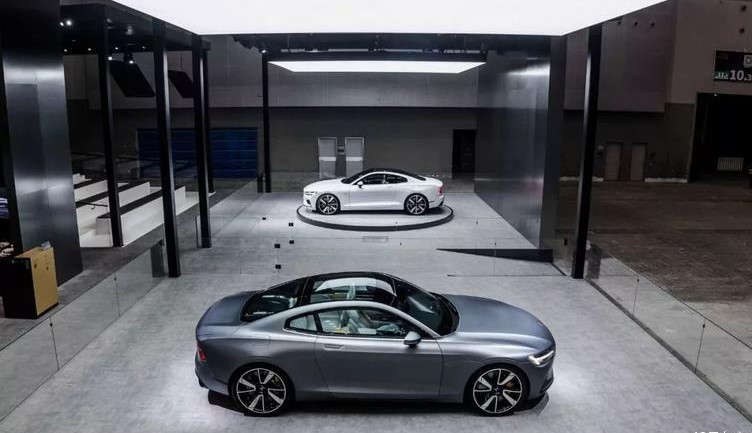It is obvious that the Polestar brand is not as well-known as its parent company Volvo.
Before the Guangzhou Auto Show, I posted a message on my WeChat Moments, collecting questions about Polestar from friends. Among nearly 95 comments, almost half of them asked “What is Polestar?”
Another Weibo post only showing the appearance of the Polestar 1 vehicle received 400,000 views within one day. Most of the comments contained keywords such as “good-looking”, while the remaining ones mentioned “Geely”, “Volvo”, and “Mjolnir headlight”.
From the above two pieces of information, the following points can be noted:
- Polestar has a short history and low public recognition.
- Polestar 1 has “Mjolnir headlight”, which is based on the SPA platform and incorporates the design language of the Volvo family.
- Polestar 1’s styling design has gained unanimous recognition from most people.
Of course, only with these few pieces of information, it is not enough to convince you to spend time learning about this new electric vehicle brand.
So I found the following three reasons for you:
First, this is the first independent car brand established by a traditional car company for electric vehicles.
Here, “independence” refers to the operation mode of using an independent company instead of being bound by the original system. Mercedes EQ series, BMW i series, and others do not belong to this category.
Second, this is the first car brand that explicitly aims to compete with Tesla on the first day of its establishment.
This is the first time that traditional car companies have openly attached strategic importance to Tesla, rather than pretending to be aloof in positioning and using “Tesla Killer” as a concept in promotion.
Moreover, Polestar’s core value proposition for products is on “design, high performance, and technology”, which is exactly the same as the product concept proposed by Tesla in its earliest official introduction in 2011.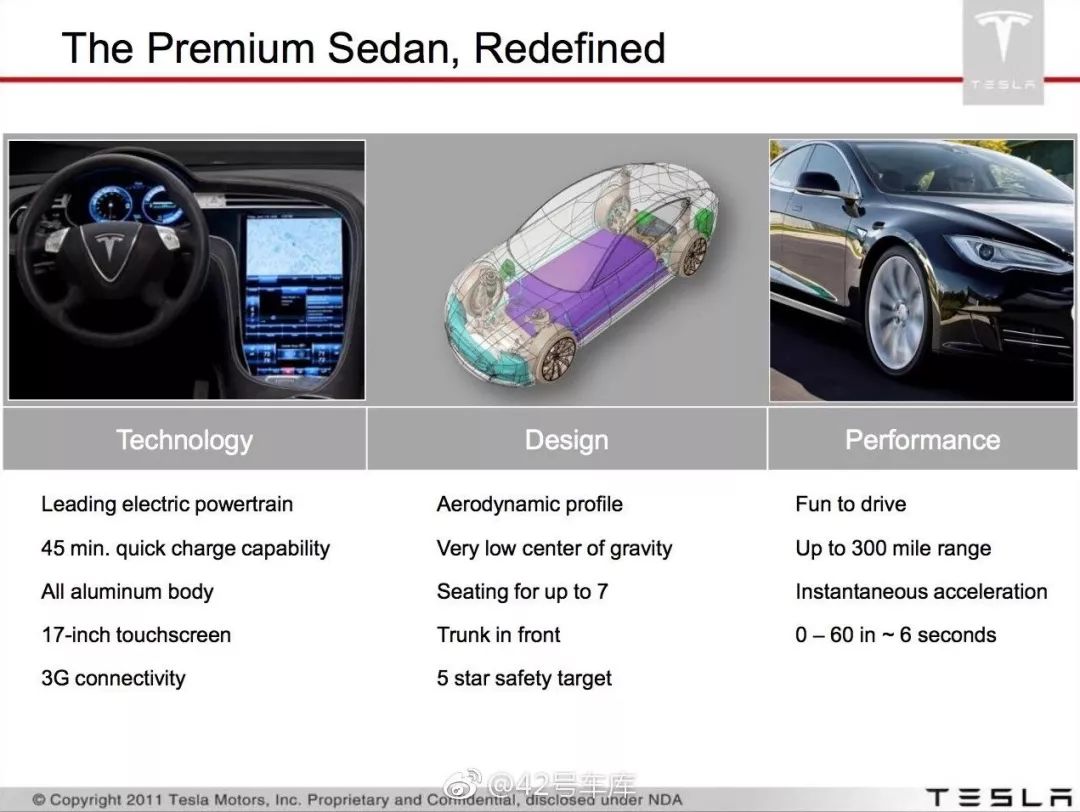
Thirdly, except Polestar 1 which uses plug-in hybrid power and is sold in limited quantities worldwide, other products under Polestar will be powered entirely by electric power. Polestar 2 is designed and developed to compete directly with Tesla Model 3 in its product, and its price will be lower than the domestic selling price of imported Model 3.
Brand History
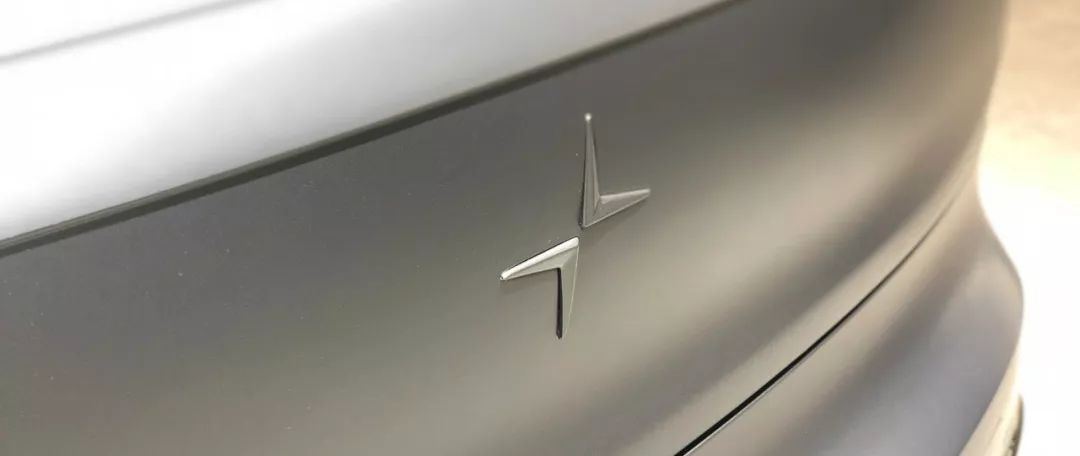
Since many people are still unfamiliar with this brand, let’s start with the brand history.
The name Polestar appeared in 2005. Before that, it was called Flash Engineering, which originated in 1996 and was a racing team with the ability to modify cars. After 2005, Polestar became Volvo’s high-performance modification car supplier, with a much shorter history than Mercedes-Benz’s AMG.
In 2015, Volvo officially acquired Polestar. In the same year, when the Volvo Concept Coupe was ready for mass production, Volvo CEO Håkan Samuelsson and Concept Coupe designer Thomas Ingenlath had a conversation.
Håkan said, what if the Concept Coupe had no Volvo brand logos whatsoever and became a completely new Polestar car?
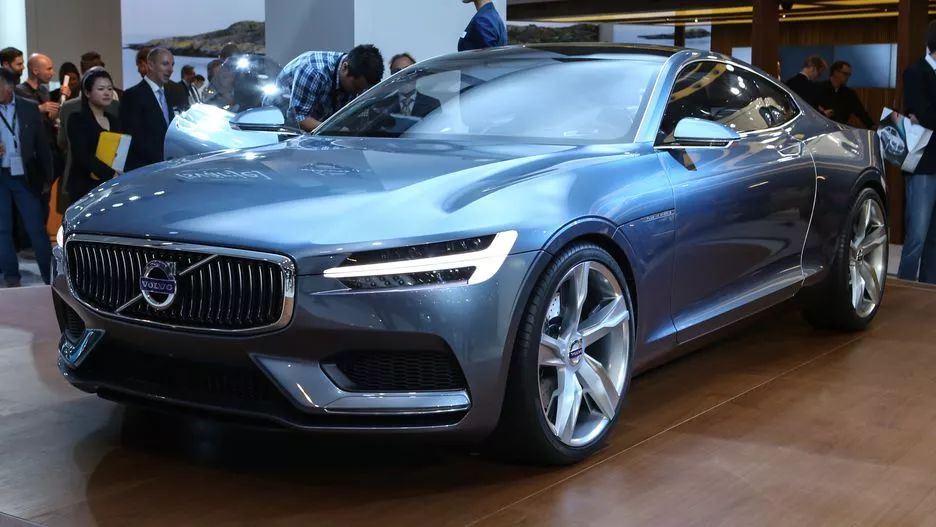
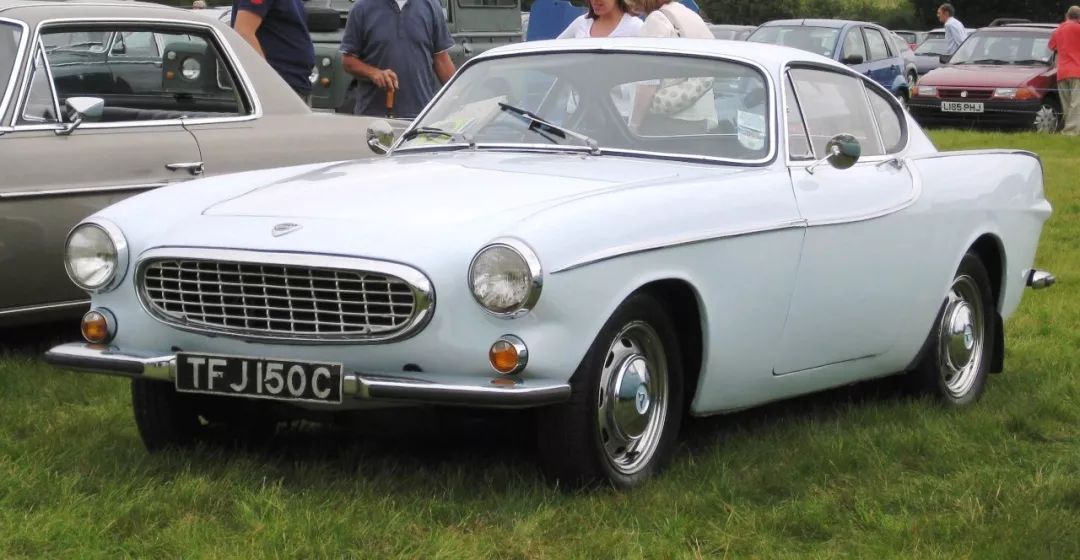 # Thomas Ingenlath’s Leap to Polestar
# Thomas Ingenlath’s Leap to Polestar
Thomas Ingenlath was hesitant at first, but it wasn’t long before he transformed into the CEO of a brand-new company: Polestar. This marked a remarkable career leap for the traditional car designer.
It’s important to note that this was before Tesla officially released the Model 3 and before receiving an astounding 400,000 pre-orders. At that time, Polestar did not have any plans for the Polestar 2.
In June 2017, Volvo Group announced for the first time that it would operate the Polestar brand independently. Though the Polestar Engineered business, which focuses on performance optimization and software, still resides with Volvo, internal workings are still executed within the company.
In October 2017, Polestar held a press conference in Shanghai, where Thomas appeared in an orange suit and revealed Polestar 1, the first model from Polestar. The format of the event was close to our more familiar tech conferences, with Thomas standing on the stage talking about the origin of Polestar, the performance of the car, and technical parameters.
At the Guangzhou Motor Show, Thomas wore a black shirt with the same orange suit, as it was intricately designed to match the details of the Polestar 1.
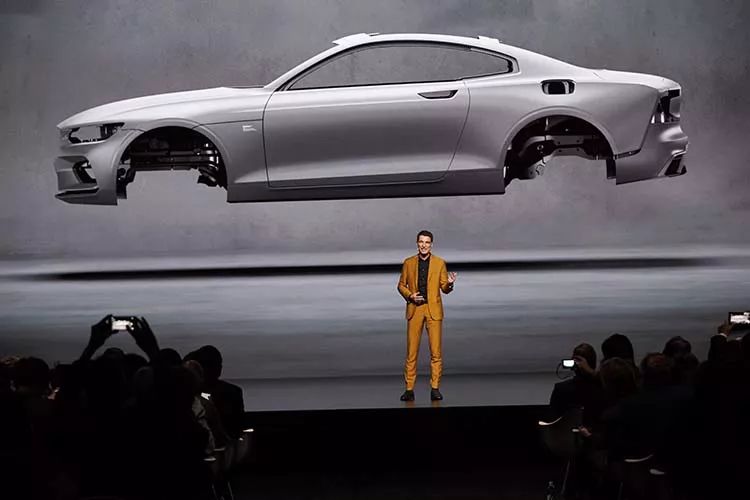
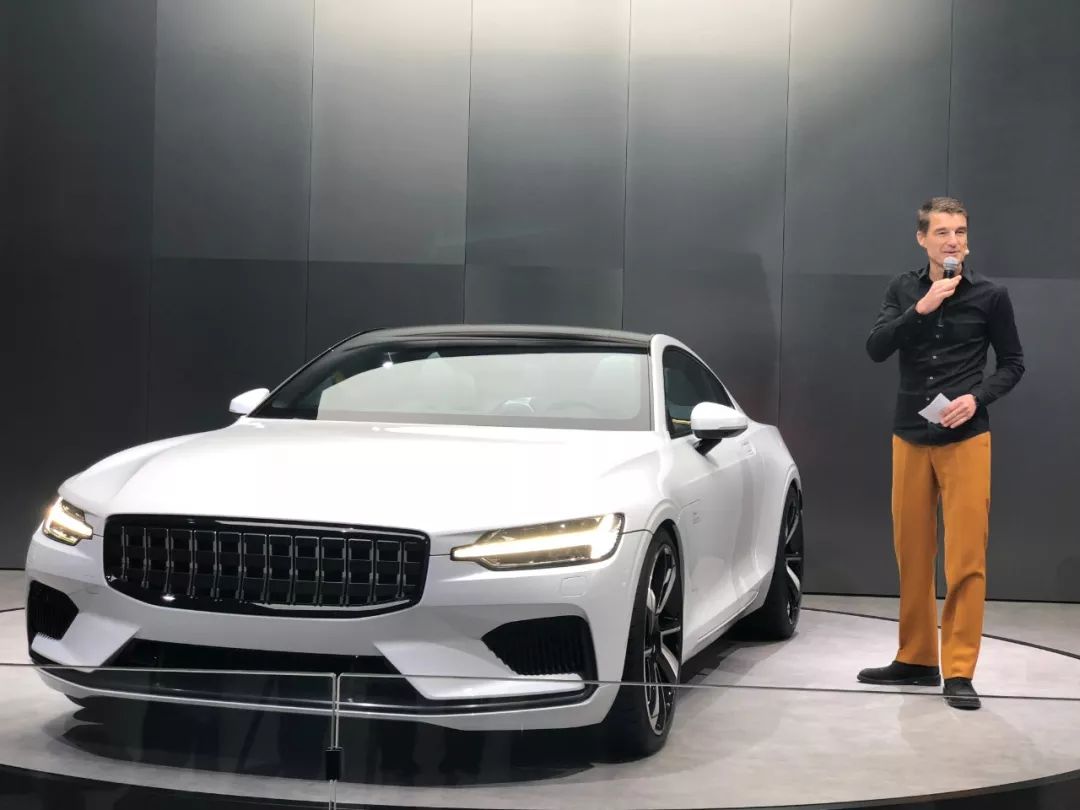
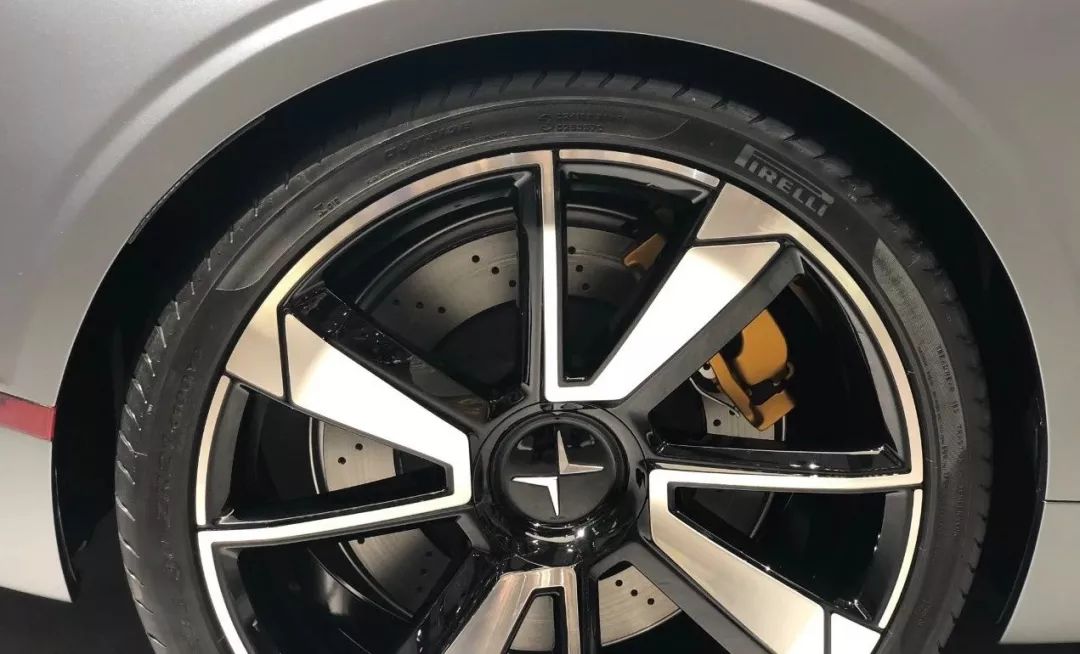
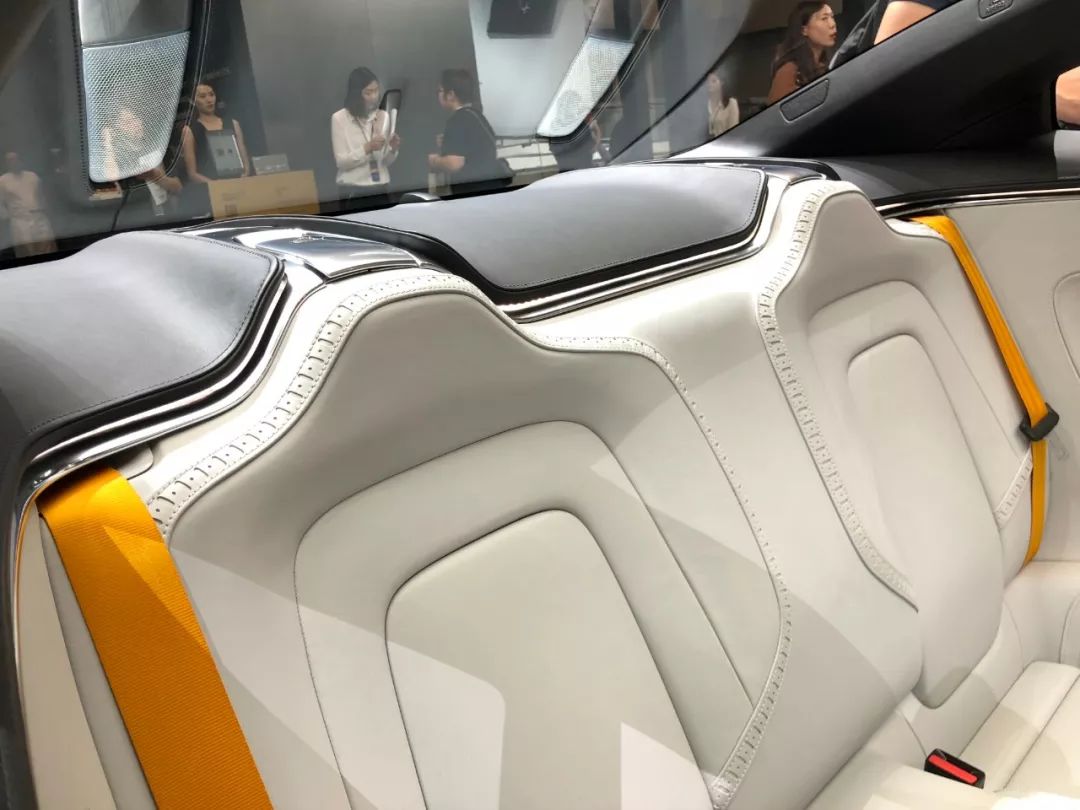
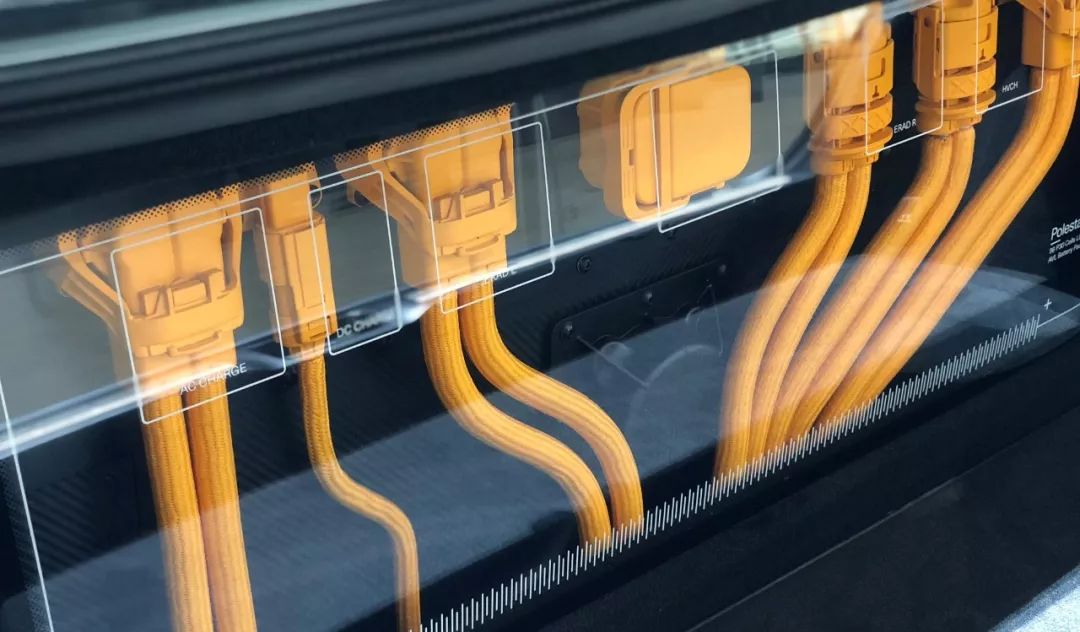
Many people compare Polestar 1 with the Volvo S90. Regarding this, Thomas explained that when you sit inside the Polestar 1 car and drive it, you can clearly feel that it is not an S90, but a true GT sports car.
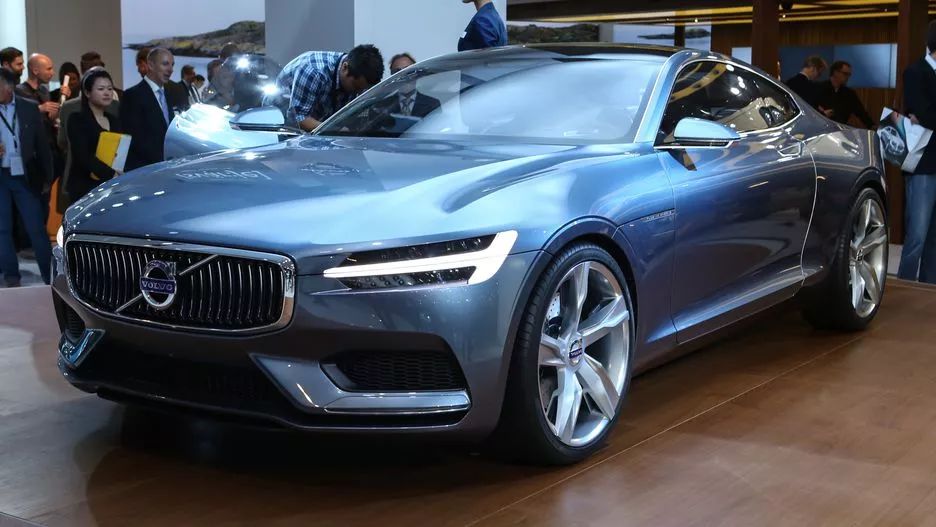
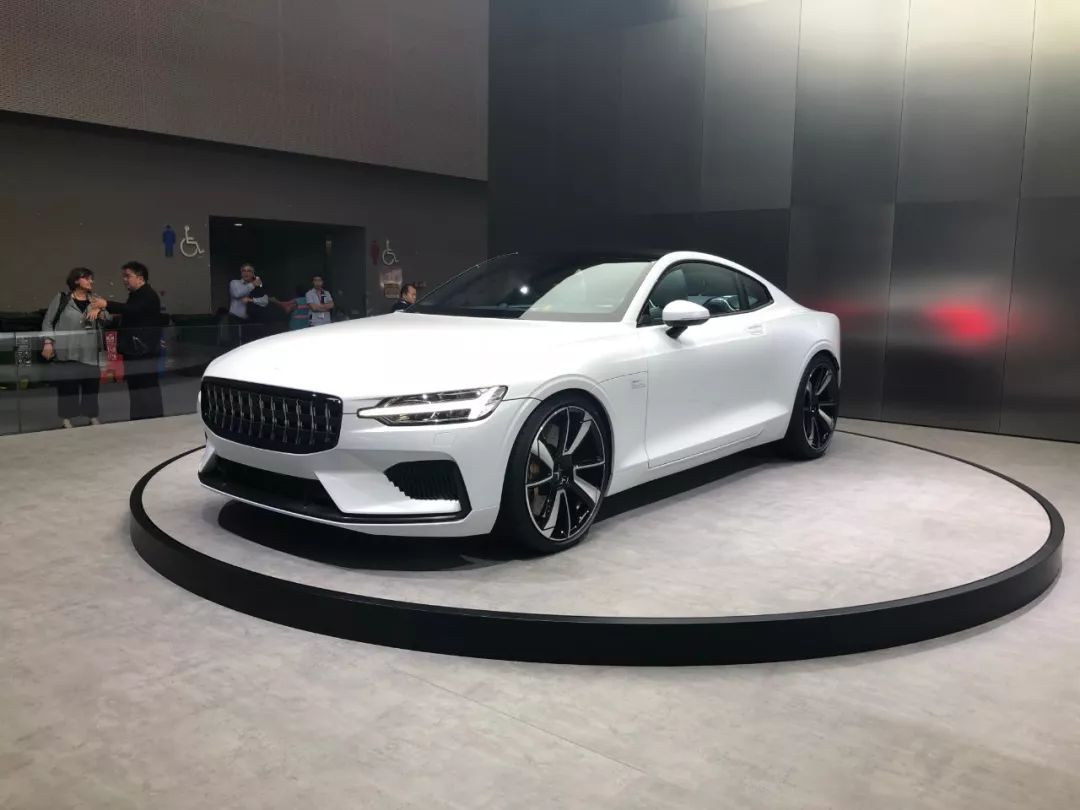
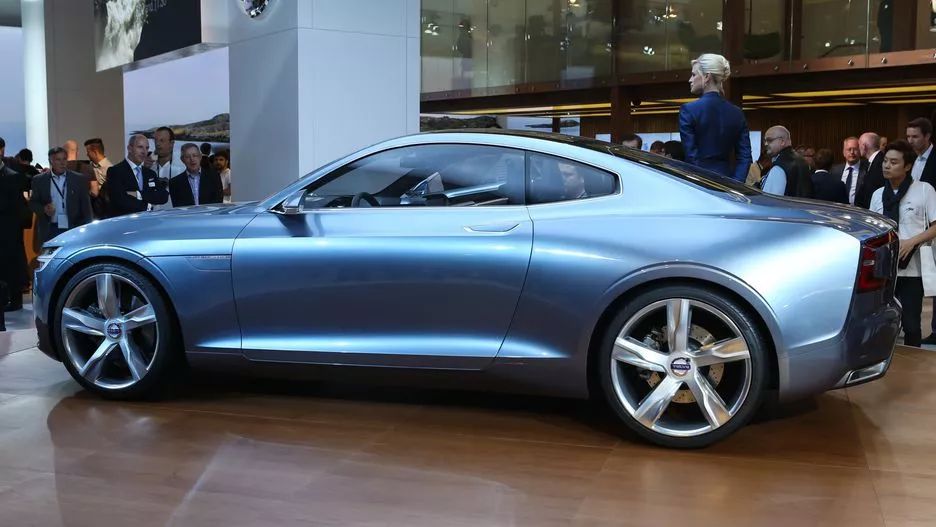
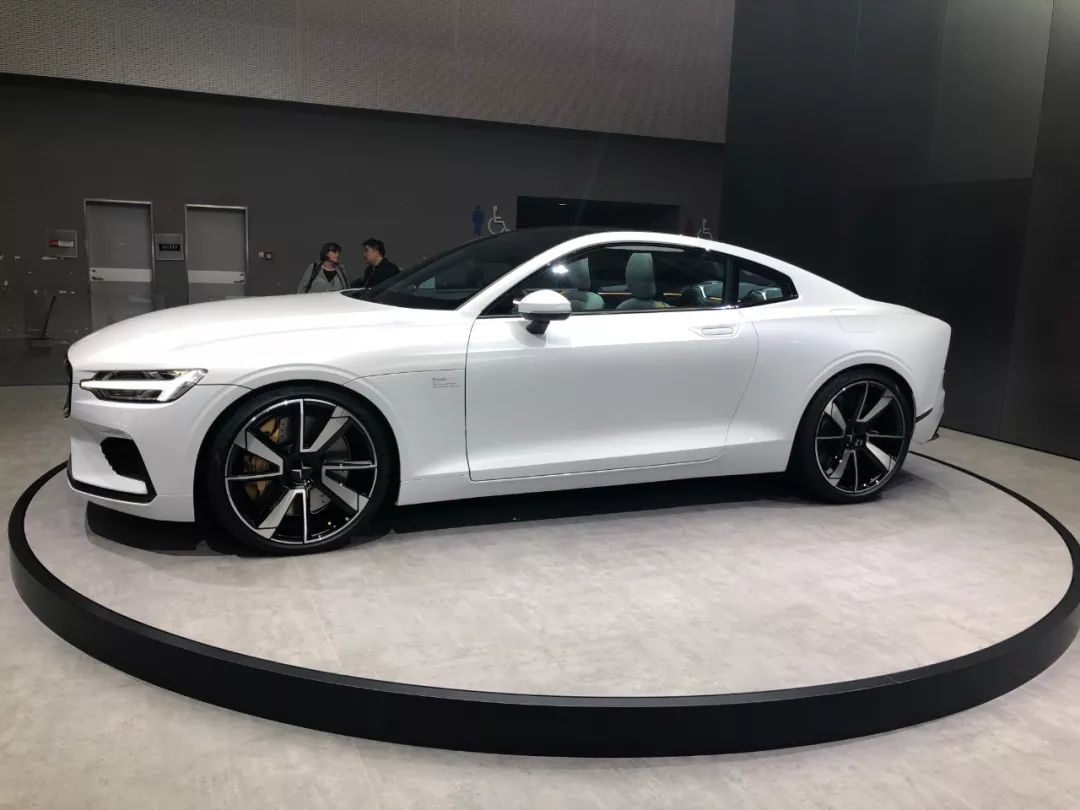
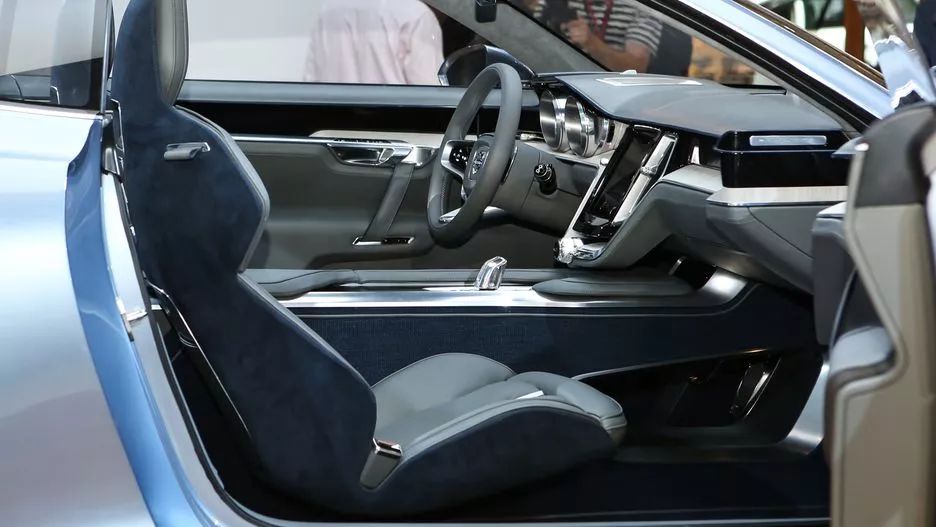
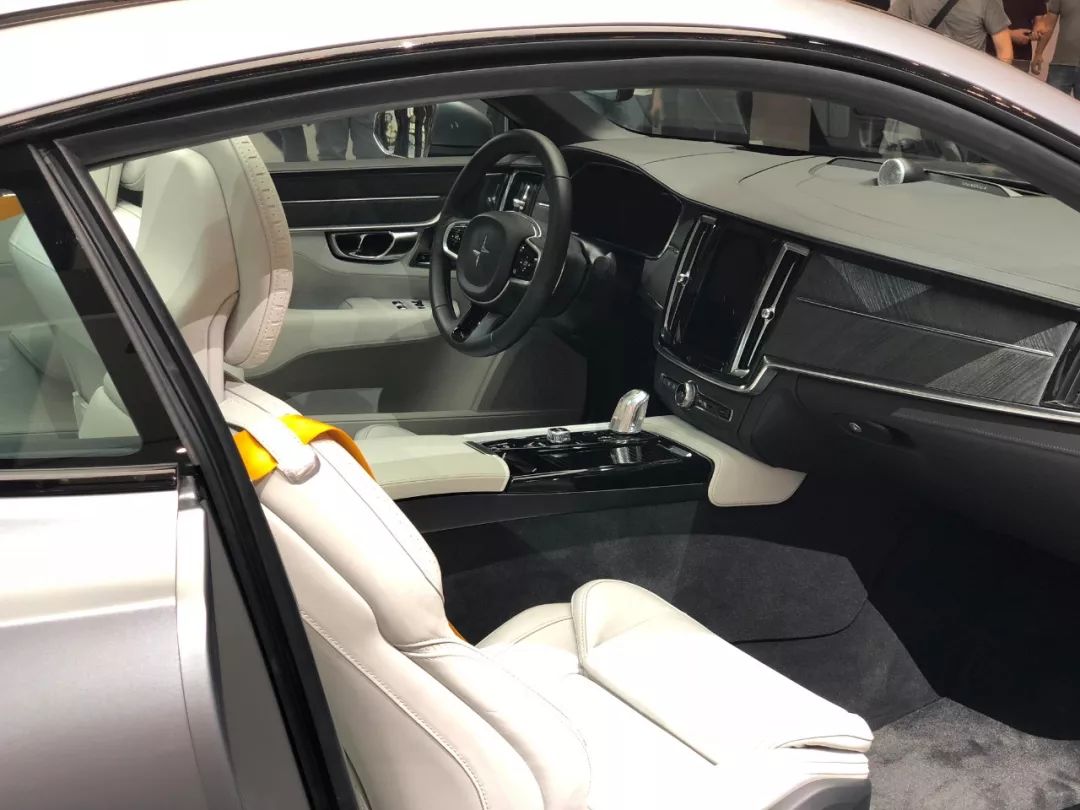
By comparing the Volvo Concept Coupe and Polestar 1, we can also see that Polestar’s brand genes inherit the design concept originating from the Volvo Concept Coupe, based on the development technology of the Volvo SPA platform and the high-performance modification gene based on the original Polestar.
Product Gene
Polestar currently has three models in its product plan:* Polestar 1 is a two-door four-seat GT coupe with plug-in hybrid powertrain. It is responsible for the brand’s inheritance between high-performance internal combustion engine vehicles and electric vehicles. It is a global limited edition of 3000 units that started delivery in the second half of 2019. The first-year production capacity is 500 units and the current orders are scheduled to be delivered in 2020.
-
Polestar 2 is a pure electric vehicle developed to compete directly with Tesla Model 3. Its production capacity will be higher than that of Polestar 1. It will start production before the end of 2019 and its price will be lower than that of Tesla Model 3 imported in China.
-
Polestar 3 is a larger pure electric SUV with production capacity and pricing between Polestar 1 and Polestar 2. The official did not disclose whether this car will target Tesla Model Y or not.
All the information you can see about Polestar 2 and Polestar 3 should be the above two lines. Wu Zhenshao, the president of Polestar China, also smiled and said in an interview with Garage No. 42 that more information about Polestar 2 is about to be announced, and everyone should not be impatient. He fully believes that Polestar 2 has sufficient competitiveness to challenge Tesla’s strengths.
What strengths?
As mentioned earlier, Polestar’s product genes are design, high performance, and technology. Wu Zhenshao admitted that Polestar 1 is not strong enough in technology attributes, and it will mainly be responsible for design and high-performance attributes, while the technology attributes on Polestar 2 will be very attractive.
Thomas is very confident about Polestar’s design, and he has stated in previous media interviews that he will not lose to Tesla in design.
Let’s focus back on Polestar 1 and quickly understand the product parameters:
-
Plug-in hybrid model with 34 degrees of electric rotation and 3 battery packs (2 battery packs), with a pure electric NEDC range of 150 km;
-
Equipped with a 2.0-liter inline four-cylinder mechanical + turbocharged engine, rear axle dual motor + crankshaft integrated starter generator motor, with a maximum power of 600 horsepower and peak torque of 1000 N·m;
-
Front and rear weight ratio of 48:52;
-
Front Ohlins + double-wishbone suspension, rear integrated link design suspension.* Front wheels use Akebono 6-piston brake calipers, rear wheels use Conti EPB;
-
Carbon fiber reinforced composite + steel hybrid body;
-
Tire specification: front wheel 275/30 R21, rear wheel 295/30 R21.
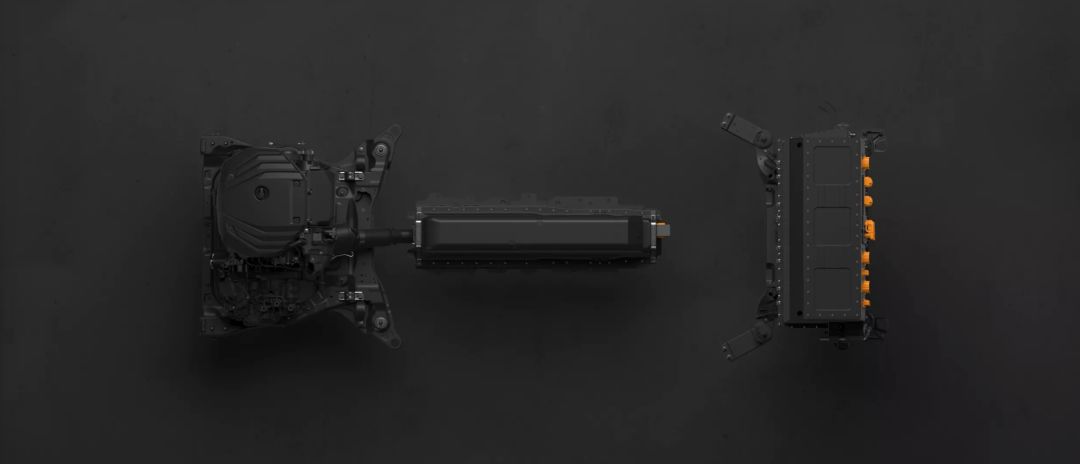
There is a battery pack in the middle and one in the trunk.
If these parameters make you dizzy, let me summarize the key points for you.
First of all, this is the plug-in hybrid model with the best NEDC pure electric range among the current models on the market.
What does 34 kWh and 150km pure electric range mean?
The first generation of Nissan Leaf had a 24 kWh battery, the second generation had a 30 kWh battery, and the third generation has a 40 kWh battery. That is to say, 34 kWh is almost equivalent to the battery capacity of the older generation pure electric vehicles. Combined with the latest model of Ideal One that was just released not long ago, this can be said to be the trend of large batteries finally appearing in the PHEV category.
For Polestar owners with a price of 1.45 million yuan, they must have sufficient home charging conditions. Many European PHEV models only have a range of 30-40 km and often find themselves in an awkward position in the Chinese market. The 150km range has a high tolerance and can meet the needs of short-distance travel.
Secondly, Polestar 1 has high performance from the Volvo SPA platform and the Polestar modification genes.
Compared to the 5.15-meter-long S90, the Polestar 1 is 4.5 meters long, with a shortened wheelbase of 320mm and a shortened tail of 200mm.
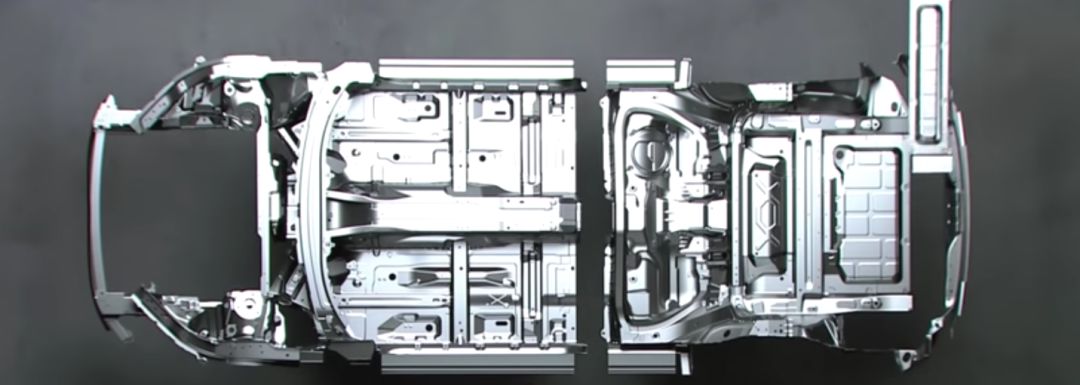
The main body parts of the upper car body are made of carbon fiber material, which reduces the weight by 230 kg, which is exactly the weight added by the two battery packs.
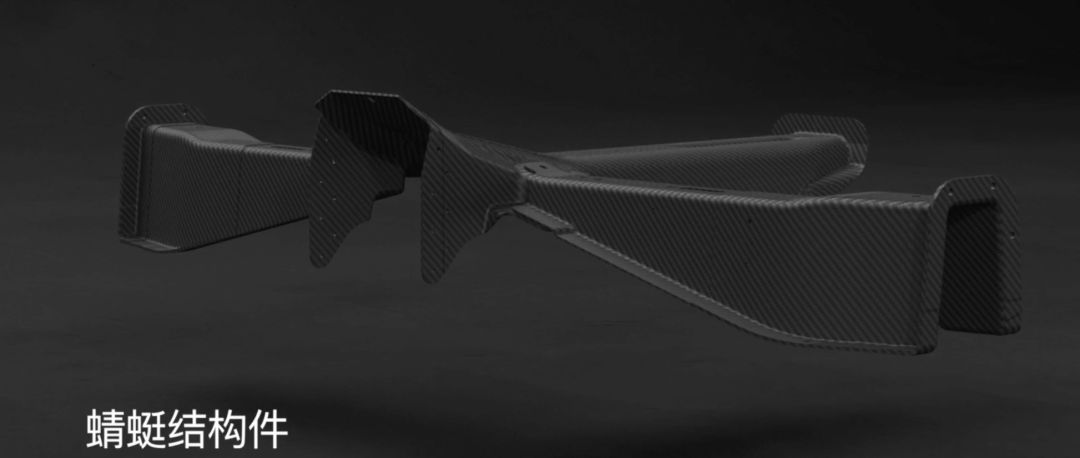
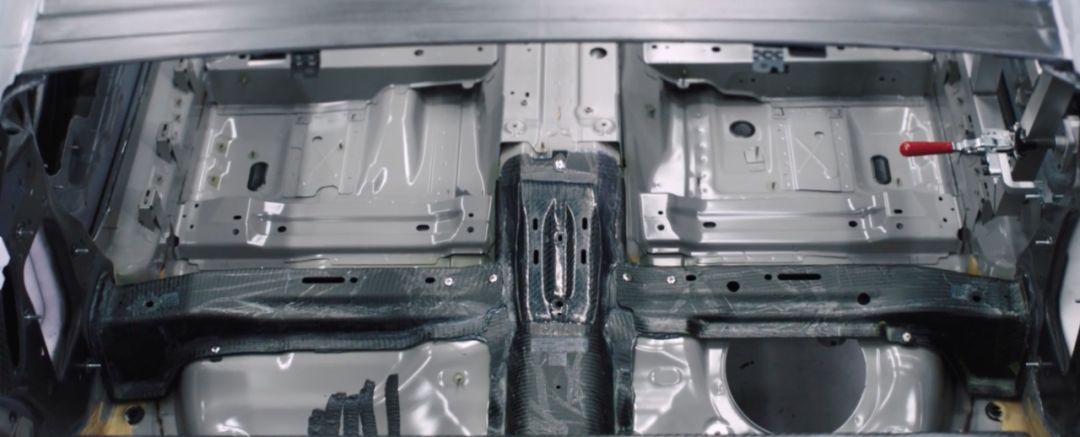
Polestar’s biggest feature is the use of a CFRP component called the dragonfly structure, which is glued to the steel body base, increasing torsional rigidity by 45%.
In pure electric mode, Polestar is a rear-wheel-drive electric vehicle, and the dual-motor system is connected together by planetary gears, supported by an integrated starter generator, and can output a maximum power of 218 horsepower.
In power mode, the twin motors and the 2.0-liter four-cylinder gasoline engine jointly drive the vehicle, with a power output of 600 horsepower and 1000 N·m.
Meanwhile, Polestar drew on the experience of using Öhlins suspension in fuel cars, equipping each Öhlins damper with a new electronic valve that can continuously monitor driver commands and road conditions, responding within two milliseconds. Drivers can adjust the suspension settings inside the cabin.
When the vehicle turns, the torque vector control system can separate power from each rear motor, driving the vehicle through the bend, rather than slowing down the inside rear wheel as conventional traction control system does.
Production and sales
During an interview with Polestar China CEO Wu Zhenhao, he also revealed some latest information about production and sales.
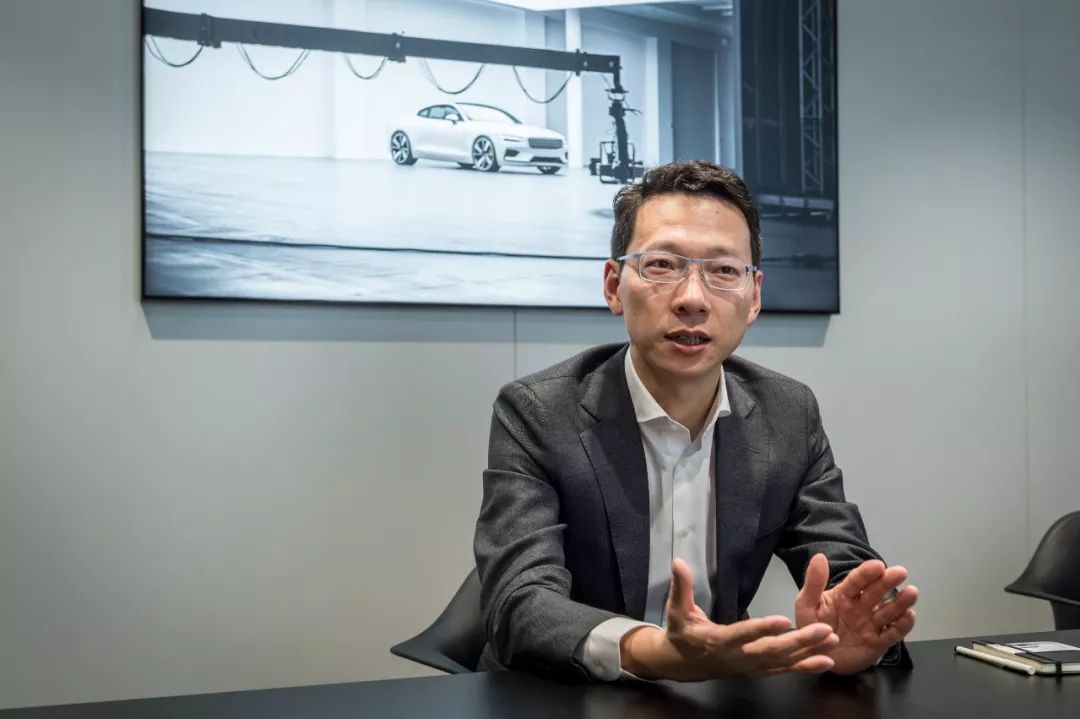
First, the issue of whether Polestar 1 is sold through a leasing model is clarified. Polestar 1 orders are currently sold in the ordinary way and not through a leasing model, which is related to the purchasing power of the current consumer group.
Secondly, although the first year’s orders for Polestar 1 are full, the China region has still secured some slots for domestic customers, selecting six regions with fewer than ten slots in each area, and there is still a chance to place orders and receive vehicles next year.
Finally, Polestar’s production and sales are currently prepared for Polestar 1, Polestar 2, and future models, and will adopt independent channels for sales, located in high-end retail areas separate from Volvo.
Different from traditional dealership models, Polestar will adopt unified pricing without any discounts and does not occupy dealer inventory. In terms of retail store organization, they will also position traditional sales consultants as product experts without setting sales targets.

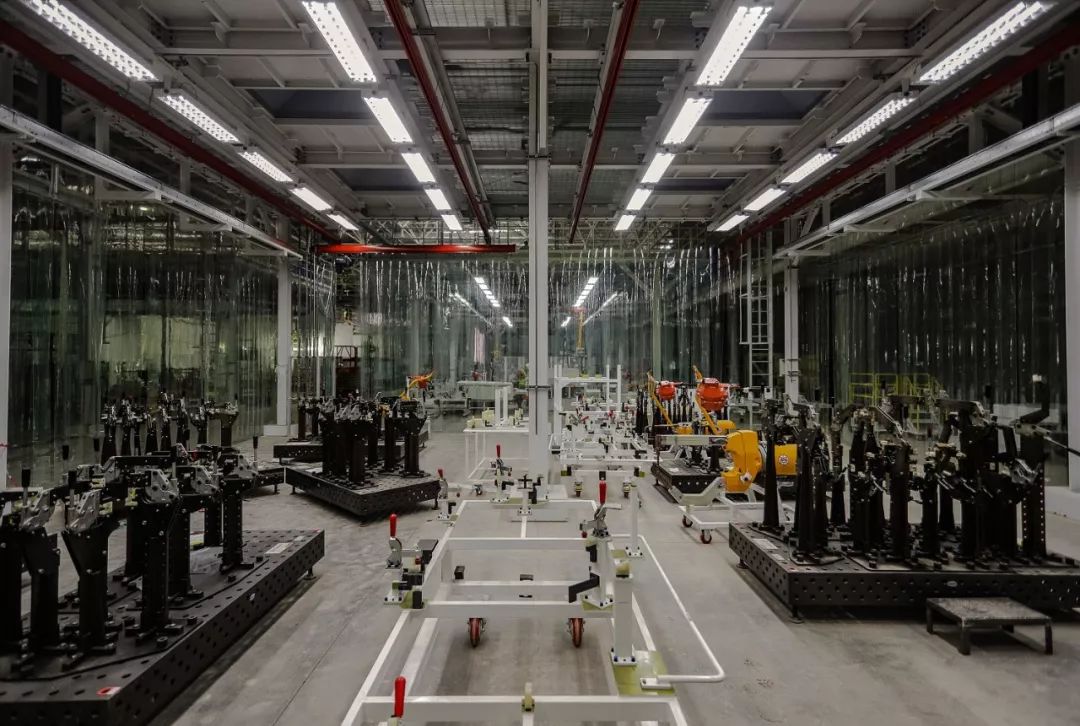
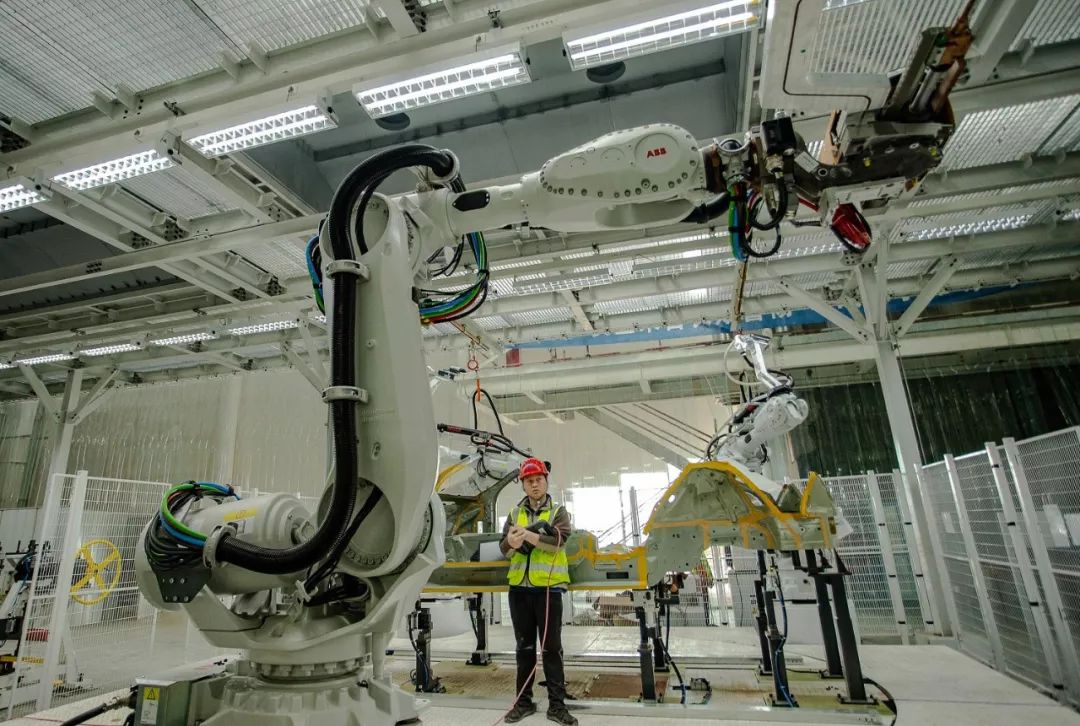
Polestar models will be produced in the Chengdu factory, and a brand center and high-performance test track will also be established.
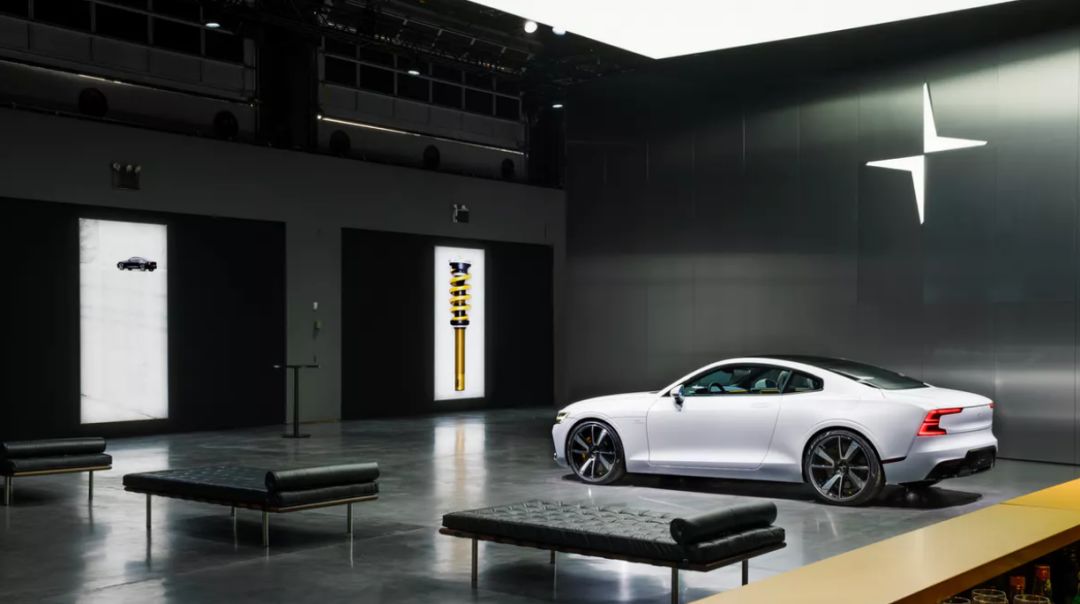
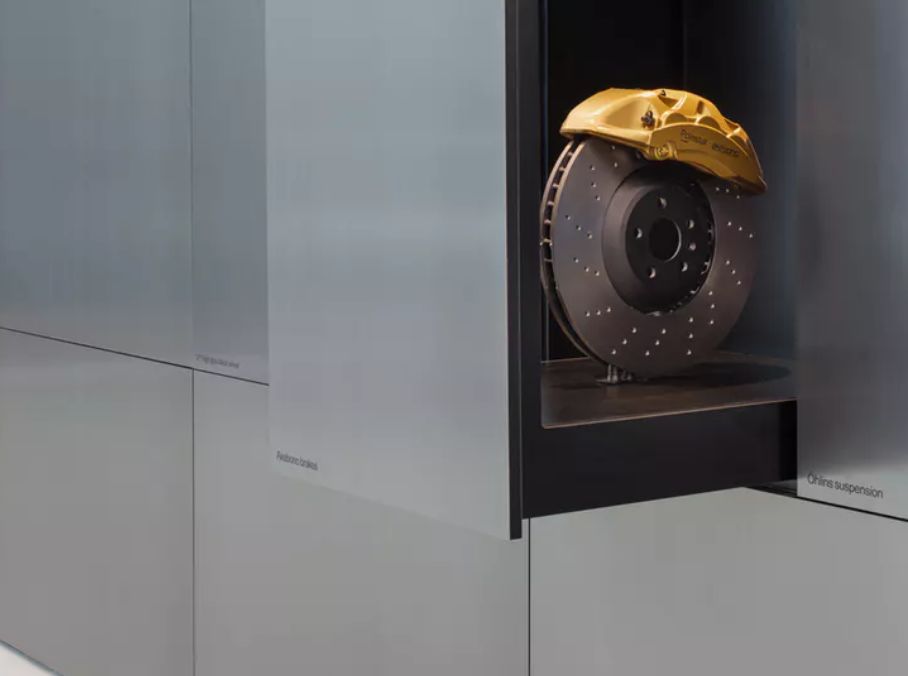
The design style of the retail store will also adhere to Polestar’s design concept, with a single-color minimalist structural design emphasized by concrete floors, glass, and metal walls to highlight the vehicles themselves.
We have talked too many times, does the world need a new automotive brand?
No doubt, the answer is yes. Tesla needs challengers, and the Model 3 also needs challengers.
At the end of the interview, there is a dialogue.
-Do you think you are a new force in car manufacturing?
-We are a reliable innovative force.

 * When visiting a car exhibition, the most important thing is to have fun.
* When visiting a car exhibition, the most important thing is to have fun.

This article is a translation by ChatGPT of a Chinese report from 42HOW. If you have any questions about it, please email bd@42how.com.
